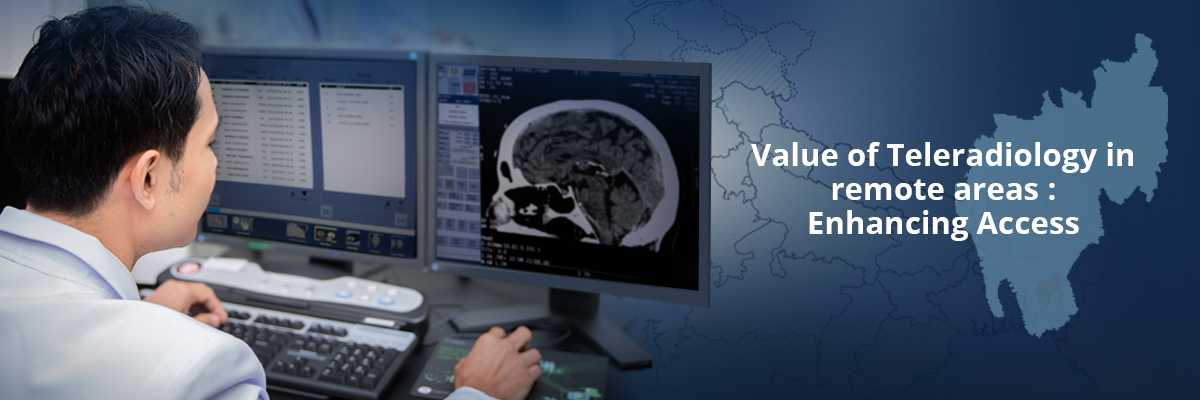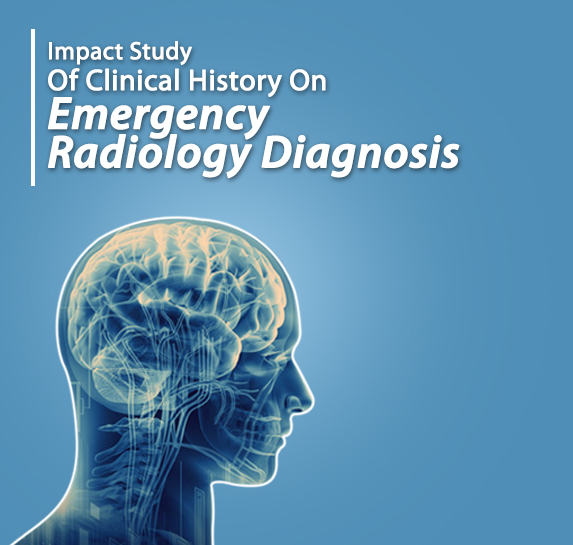Value of Teleradiology in remote areas : Enhancing Access

Tripura is India’s third smallest state situated in northeastern India with 0.3% of India’s population. It lies in a geographically disadvantageous terrain with only one major highway, connecting it to the rest of the country. For a heavily forested, geographically isolated and economically hindered state, Tripura’s largest contribution to the state’s gross domestic product comes from the service sector.
Healthcare in Tripura features a universal health care system by the Ministry of Health and Family Welfare of the Government of India with a three-tier system. An overwhelming 65.6% of the population does not rely on government facilities citing poor quality of care, distance, long waiting times and inconvenient hours of operation. Further insight into the Radiology departments of Government hospitals reveals that 56% of centers function without Heads of Department and 45% of the centers are understaffed.
The impact and importance of Teleradiology setup in such an environment cannot be overemphasized given the dire need for technology to outreach these remote areas. Teleradiology Solutions envisioned this as an opportunity towards technology bridging the wide gap in healthcare delivery and a result of its concerted efforts, a 5 year contract was signed with Webel Electronic Communications Systems Ltd. through a Govt tender (State Health and family welfare society, Govt of Tripura), which went live on September 15th, 2016. To date, 19 hospitals of Tripura have benefitted from Teleradiology services resulting in a total read-out of 61,660 radiographs by radiologists situated in Bangalore, Hyderabad, New Delhi, and other cities.
The maximum number of radiographs reported were Chest radiographs(41.7%), followed by extremity radiographs(32.1%) for trauma. A total of 41% radiographs were positive for abnormalities ranging from trauma to nontraumatic etiologies, while 59% of radiographs were normal/negative for findings. Fractures accounted for most frequently diagnosed pathology amongst extremity radiographs at 58.3% while infections were most frequently reported on chest radiographs(32.3%). The average TAT for reporting radiographs was 2 minutes 37 seconds with TAT of 2 minutes 30 seconds for positive findings and a TAT of 1 min 43 seconds for negative findings.
The numbers are clearly demonstrative of an efficacious workflow and effective addressal of diagnostic healthcare needs by a remote teleradiology setup. The patients stand to benefit from high quality, timely reports expediting care, independent of the constraints of geography, climate, timings, and infrastructure. The Tripura model is also an excellent example of Government-private synergistic association with optimal utilisation of technology and expertise for the outreach population.
Author: Dr. Jayadeepa S, Consultant Radiologist, TRS, and Chief Scientific Officer, Image Core Labs.








